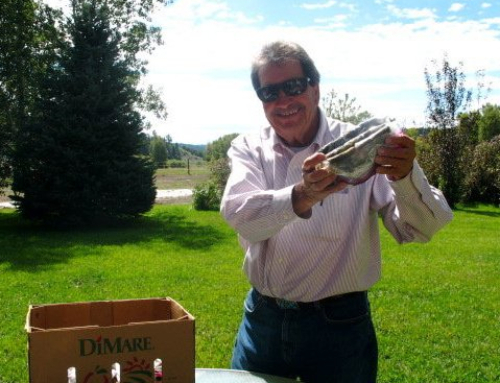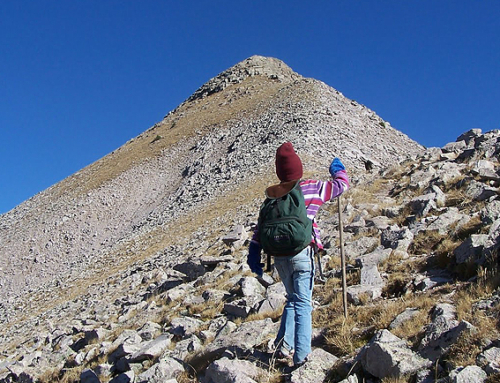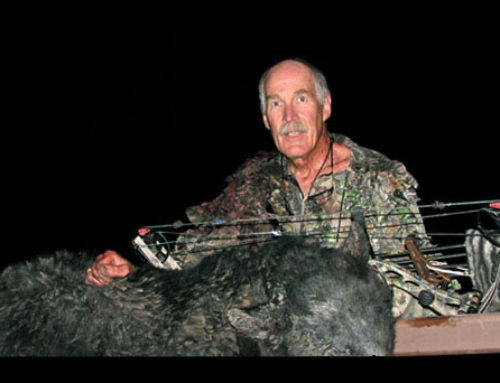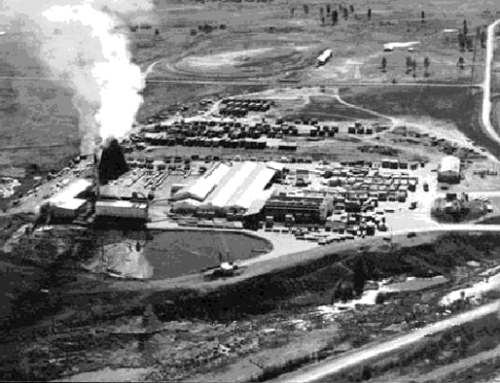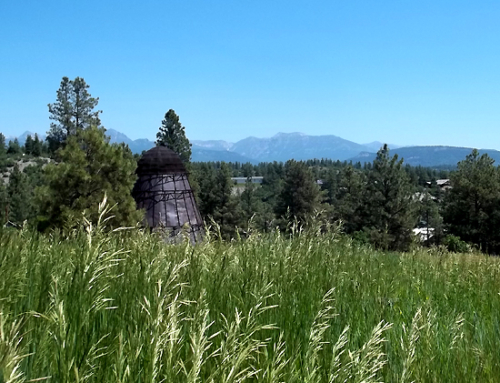Pagosa Springs Medical Center Announces
Opening of new Outpatient Wing
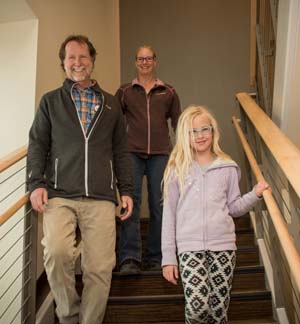
By Jesse Hensle
Pagosa Springs Medical Center (PSMC) is nearing completion of the new outpatient wing set to open April 10th. The soon to be unveiled addition has just a few remaining finishing touches before PSMC will seek its full Certificate of Occupancy from the Town of Pagosa Springs. Completion of the wing is part of Phase I of the medical center’s master facilities plan.
The new two-story wing will house the medical center’s clinic and features 28 exams rooms for primary care, two exam rooms for subspecialty services, two procedure rooms for orthopedic and minor surgical services, and two rooms for behavioral health consultations.
“It is truly remarkable to see a shared vision come to a reality.” says PSMC CEO Brad Cochennet “The new addition is a culmination of the efforts of many stakeholders. From community members, to donors, to board members of the past and present, and of course our staff and healthcare providers. In the end, I could not be more pleased with the design and functionality of the wing. The opportunity to have all of our clinic healthcare providers in a unified area allows us to continue to elevate our patient care. With each step we take, we seek to make our community healthcare better.”
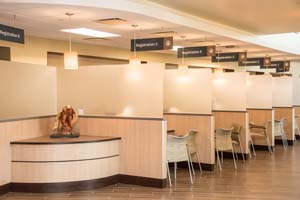 In the new clinic the healthcare providers will have dedicated exam rooms and increased space for the nurses and medical assistants. There will also be a centralized registration area for all services and three spacious waiting areas with additional seating in the foyer next to a stone encased fireplace. In addition, the medical center will now have a single entrance under a new weather shielding canopy.
In the new clinic the healthcare providers will have dedicated exam rooms and increased space for the nurses and medical assistants. There will also be a centralized registration area for all services and three spacious waiting areas with additional seating in the foyer next to a stone encased fireplace. In addition, the medical center will now have a single entrance under a new weather shielding canopy.
The wing will be decorated with art submitted by local and regional artists. All artwork will be available for sponsorship until June 19th. Sponsored art will be put on permanent display with a plaque to denote the sponsor and artist.
Outpatient Wing Enhancements at a glance:
Centralized registration for all services
28 Primary Care exam rooms
2 Subspecialty services exam rooms
2 Procedure rooms
Increased waiting areas for Lab and Primary Care
Capacity to add additional services
We are all proud to be able to help usher in the next chapter of healthcare with our community. To be a part of expanding your local medical center donate to the Dr. Mary Fisher Medical Foundation at pagosamed.org. A grand opening ceremony will be held on June 17th from 10am to 2pm.
The following is a brief history of the medical facilities covering over thirty five years.
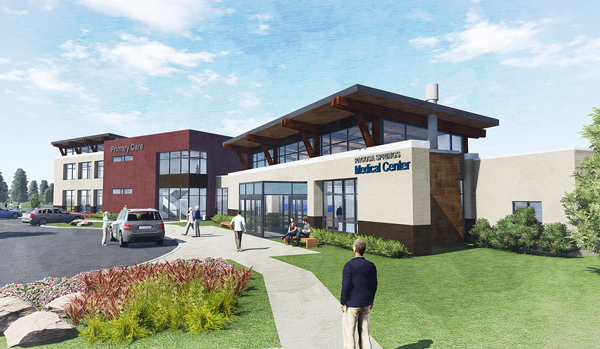
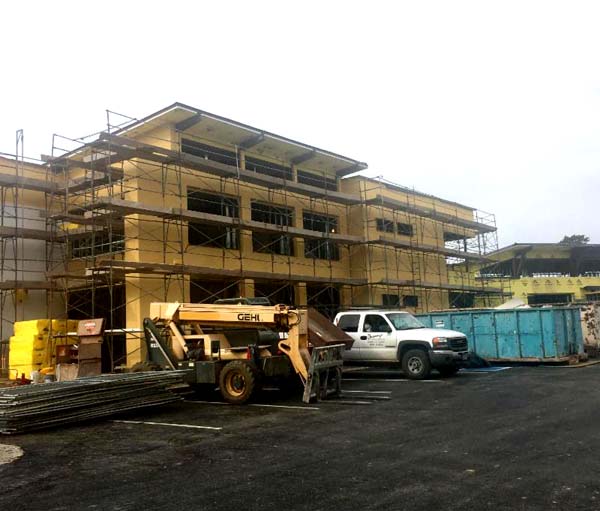
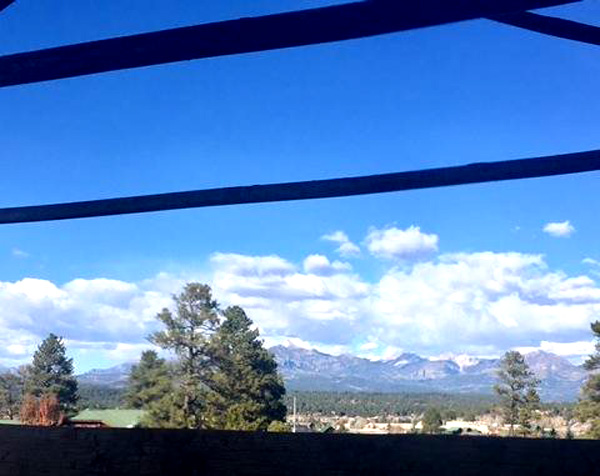
.
The following article discusses the people and events starting about 25 years ago that ultimately resulted in the progress the district is making now. Without their work Pagosa would not be where it is now in competent health care.
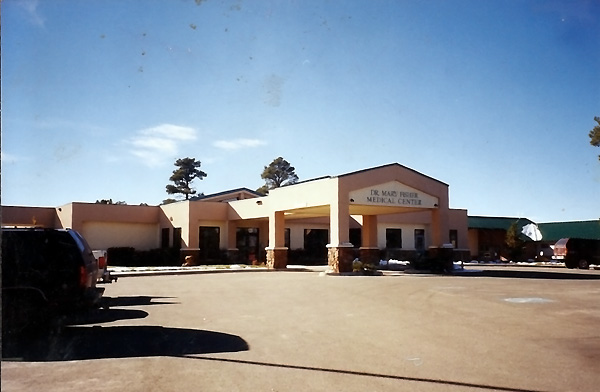
This was early morning of opening day for the new Dr. Mary Fisher Medical Center. We who worked six years on the project and the entire community were proud of the building and campus.
For the purpose of this article I am taking the view that the current era of community medicine began around 1980. Not that healthcare was all that modern then; it was during this period that the people who began the march toward more modern medicine arrived and began careers.
The Dr. Mary Fisher Clinic was built in the late 1950’s. The little building was a Sears and Roebuck “modular” building, paid for by a combination of community support and a grant from Sears. Glenn Edmunds, publisher of the SUN, led the effort from the pages of the paper. The Clinic was staffed by a series of doctors, physician assistances, nurse practitioners and nurses over the years.
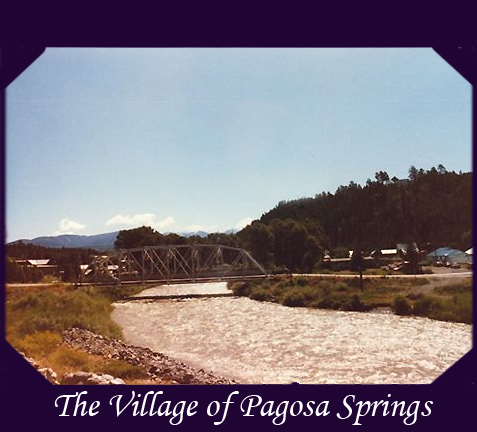
This old photo from the Billy Willett collection.
The clinic is to the right of the bridge and the roof is seen just behind a small spruce tree. This was before the new bridge and the river restoration project.
When 1980 rolled around the community clinic was without a doctor. Mark Wienpahl was a young physician looking for a small town family practice to fit into. The Dr. Mary Fisher Clinic was a fit for him and Pagosa alike. At the time the Dr. Mary Fisher Board was headed by Fred Harman, and the deal consisted of one dollar a year rent: in exchange, the clinic would see all community patient regardless of their ability to pay.
Yukon Jack wanted a “local celebrity” race so, it was “the medicals” vs “the medias.” Karl and I kept the light lit for the media. There were too many medicals but, no one really cared. Mark and Scott Anderson, hiding, along with Elada Bass from mental health rounded out the celebs. I was given a fur hat and the roll of playing Yukon Jack.
The rest of us mostly fell off but Elada and Ruth had a real race. This event produced the first and only satellite uplink in Pagosa’s history. We made ABC’s Wide World of Sports!
Pagosa Springs was a different place back then. It was more rural and a lot more remote. Wolf Creek Pass was still gravel on top and the roads all seemed to get narrower as one approached the area. Some developmental growth had already taken place with Eaton / Fairfield, but overall growth and development was very slow compared to the hyper activity of the 1990’s. It is hard to believe we held community meeting during the 1980’s trying to discover ways to get a few tourists to stop here while on their wild rush to Durango and beyond. Pagosa was a slow and rather drab town at that time. 160 east of downtown to the bridge was all residential. Pagosa Lodge, Navajo Trails and the Shell Station were relatively new and not much else existed “up the hill.” There were cracks in the sidewalks and tar paper exposed on main. Most streets, except highway 160 and part of Lewis Street, were unpaved. Bob Hand, Chamber of Commerce manager at the time, noted “the Pagosa color scheme is brown on brown!” The population was smaller and Hispanics and natives were a greater percentage of the whole.
Into this environment Mark set up practice in the Dr. Mary Fisher Clinic. At the same time Ruth Vance and I moved to the Pagosa area. She soon became the nurse at the clinic. The two of them operated the little clinic, along with a series of receptionist / business persons, for thirteen years. They both had to be universal in talent and ability.
At this time the Mary Fisher Board discovered that, because of an oddity in Colorado law, they were personally responsible for legal problems at the facility and they were forced to disband. Mark had to carry the load frequently including patching the quarter century old roof with tar and many other such diverse “jobs.” Ruth expanded her education and duties, working laboratory, supply, emergency care, cleaning, full nursing duties and ultimately she took an x-ray course, becoming licensed in that technology.
Mark was a natural born actor and got sidetracked into medicine. One of the largest parties ever in Pagosa was a series of “Hunter’s Harvest Balls” held in the 80’s. They were so popular the state police was called to direct traffic! There was a staged shoot-out and Mark and Ruth played the 1800’s doc and nurse roles. Mark had fake blood and all sorts of items up his sleeves and acted out pulling them from the cowboy’s abdomen after he was shot. Your editor produced these parties as a fund raiser for the clinic. I had the distinct pleasure of walking into a Mary Fisher Board meeting and dropping a purple velvet Crown Royal bag stuffed with cash onto the table.
They were both “in their element.” Mark had wanted this type of medicine and found it. Ruth, likewise, had desired small town medical work but had been sidetracked by circumstances in Dallas, working a high level and high stress job in pediatric hypertension research at Southwestern Medical School and Children’s Hospital. Small town medicine fit them to a “T.”
Mark did it all, from regular family practice to minor surgery to birthing. He had a doctor’s “little black bag” and was often seen with it racing to do a “house call,” almost unheard of, even at that time. Both Mark and Ruth were unofficially responsible and unpaid for round the clock duty. Both took many phone calls at all hours providing care and support for patients at any time needed. A trip to the grocery for Ruth was typically half shopping and half visiting with patients in the isles: she had become the “town nurse.”
After some time Mark realized he was accepted when the old time locals and natives began calling him “Doctor Mark.” There was a popular television personality at the time called Doctor Ruth and the same patients began calling Ruth by that moniker, half as a joke and half as a respectful compliment. Things were not so “citified” back then and barter was a frequent way of paying for services rendered. With fewer patients, individual bonding was stronger and many “supported” the practice by showing up with strings of fresh caught fish or baked bread or fudge etc. etc. etc. There were no rules against gifts in that simpler time. The x-ray table was the only table at the little clinic and was thus used for every activity, at Christmas time it overflowed with presents, candies, cakes and assorted goodies. It is marvelous that for many years Mark and Ruth got to live their dreams of old time rural health care before the new age of Pagosa began in the 1990’s.
Growth in patient numbers and needs continued and several doctors, physician assistants and nurse practitioners came to work at the Mary Fisher with Mark and Ruth. Susan Kuhns, and later, Dan Keuning became “keepers.” Some of the newer doctors expressed amazement that Mark and Jim Pruitt, working a private practice during this time, had developed very keen abilities at diagnosing disease without many of the “modern” tests available in other and larger places. The same was said about Dr. Mary Winter Fisher half a century earlier.
With more people working the little building was “bulging at the seams.” One day a chunk of the ceiling fell on Gloria Stith while being x-rayed. Gloria had served on a past Mary Fisher Board. As she was going out of the building I had just arrived for lunch with Ruth and Gloria said, “This place is falling apart, what are we going to do?” I said, “Let’s go see Fred (Harman).” Thus began a several year project for many of us resulting in the new building, The Dr. Mary Fisher Medical Center.
At the conclusion of the building project the Upper San Juan Hospital District (later to become “Health Service District) took over management of the clinic from the Mary Fisher Board. This made a larger and more cohesive unit of Pagosa’s community medicine. For a few years employee numbers increased and a larger team, something more like a family, grew around Mark and Ruth. They worked together for a total of two decades.
This first chapter will end here, just before a dark period came over the district resulting in 100% of the workers resigning and the facility closing. The point to take away is that for many years there were hard but good times. Good old-fashioned country medicine took place caring for a rural population 24/7/365. Mark and Ruth were openly available to their patients, helping with birthing, seeing them through common maladies and bowing heads at their funerals.
Shown with this article are photographs showing some of the high points of this era, but remember, for each high point there were countless hours of hard and dedicated work.
Read a book about the next few years of turmoil with the health system.
Heartfelt: a Memoir of Political intrigue, Passion and Perseverance, by Doctor Richard Blide is about his challenging political efforts in a small Colorado town to help the local health district dig out from years of incompetence to achieve a first-rate health care system and a new hospital, the first for the area.


